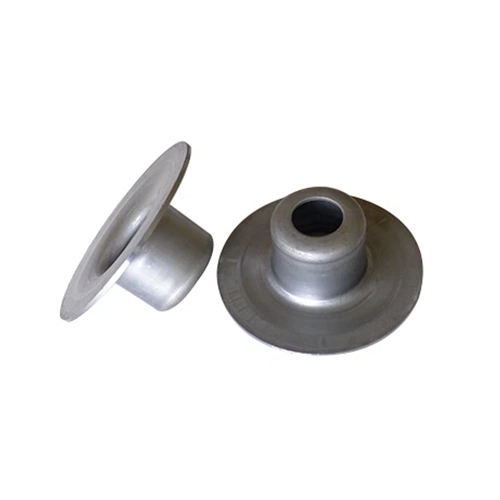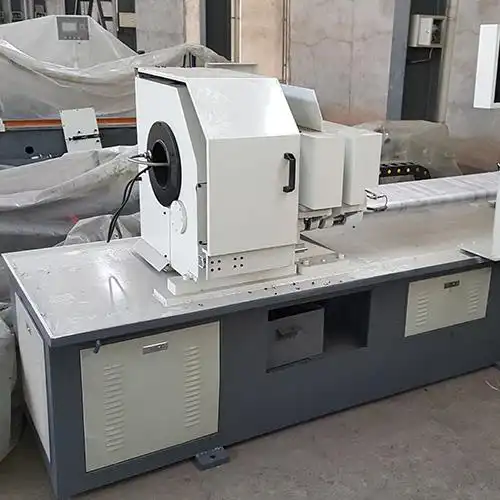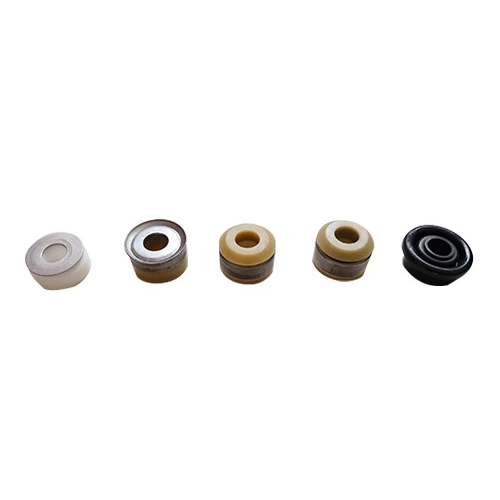- English
- French
- German
- Portuguese
- Spanish
- Russian
- Japanese
- Korean
- Arabic
- Greek
- German
- Turkish
- Italian
- Danish
- Romanian
- Indonesian
- Czech
- Afrikaans
- Swedish
- Polish
- Basque
- Catalan
- Esperanto
- Hindi
- Lao
- Albanian
- Amharic
- Armenian
- Azerbaijani
- Belarusian
- Bengali
- Bosnian
- Bulgarian
- Cebuano
- Chichewa
- Corsican
- Croatian
- Dutch
- Estonian
- Filipino
- Finnish
- Frisian
- Galician
- Georgian
- Gujarati
- Haitian
- Hausa
- Hawaiian
- Hebrew
- Hmong
- Hungarian
- Icelandic
- Igbo
- Javanese
- Kannada
- Kazakh
- Khmer
- Kurdish
- Kyrgyz
- Latin
- Latvian
- Lithuanian
- Luxembou..
- Macedonian
- Malagasy
- Malay
- Malayalam
- Maltese
- Maori
- Marathi
- Mongolian
- Burmese
- Nepali
- Norwegian
- Pashto
- Persian
- Punjabi
- Serbian
- Sesotho
- Sinhala
- Slovak
- Slovenian
- Somali
- Samoan
- Scots Gaelic
- Shona
- Sindhi
- Sundanese
- Swahili
- Tajik
- Tamil
- Telugu
- Thai
- Ukrainian
- Urdu
- Uzbek
- Vietnamese
- Welsh
- Xhosa
- Yiddish
- Yoruba
- Zulu
What Is a Conveyor Roller Milling Shaft Machine?
2024-06-25 08:50:15
Conveyor roller milling shaft machines are crucial components in the manufacturing and industrial sectors, facilitating the movement and manipulation of materials with precision and efficiency. These machines are designed to mill and shape the shafts used in conveyor rollers, ensuring they meet specific standards and requirements. This blog will delve into the intricacies of these machines by addressing common queries found in Google’s “People Also Ask” section. We'll explore what a conveyor roller milling shaft machine is, how it works, and why it's essential in modern manufacturing.
How Does a Conveyor Roller Milling Shaft Machine Work?
Understanding the operation of a Roller Shaft Milling System requires a look at its core components and functions. These machines are designed to mill shafts, which are cylindrical components that serve as the backbone of Shaft Processing Machine backbone of conveyor rollers. The milling process involves several steps:
Material Feeding: The raw material, typically metal rods, is fed into the machine. This can be done manually or through an automated system, depending on the complexity and size of the operation.
Milling Process: The machine employs cutting tools to remove material from the shaft, shaping it to precise dimensions. This can involve turning, drilling, and other machining processes to achieve the desired shape and size.
Quality Control: After milling, the shafts undergo rigorous quality checks to ensure they meet the required specifications. This can include measuring dimensions, checking for surface defects, and ensuring the shafts are straight and true.
The milling process is controlled by sophisticated software that allows for high precision and repeatability, making it possible to produce large quantities of shafts with consistent quality. Advanced machines are equipped with CNC (Computer Numerical Control) technology, which automates the milling process and enhances accuracy.
What Are the Key Features of a Conveyor Roller Milling Shaft Machine?
The efficiency and reliability of a conveyor roller milling shaft machine depend on its key features. Here are some essential aspects that define these machines:
Precision and Accuracy: One of the fundamental characteristics of conveyor roller milling shaft machines is their ability to achieve high levels of precision and accuracy. This is facilitated by advanced cutting tools and sophisticated control systems, often incorporating CNC (Computer Numerical Control) technology. CNC systems enable automated, precise movements of the cutting tools, ensuring that each shaft is milled to exact specifications. This precision is critical for maintaining the performance and durability of conveyor rollers, as deviations in shaft dimensions can lead to operational inefficiencies and premature wear.
Automation: Modern conveyor roller milling shaft machines are extensively automated, reducing the reliance on manual labor and enhancing overall production efficiency. CNC automation allows for the entire milling process to be controlled digitally, from material loading to toolpath execution and unloading. Automated processes minimize human error, increase repeatability, and significantly reduce production times compared to traditional manual milling methods. This automation is particularly beneficial in high-volume manufacturing environments where consistency and speed are paramount.
Versatility: These machines are designed to handle a wide range of materials, including various metals and alloys used in industrial applications. They can accommodate different shaft diameters, lengths, and configurations, making them versatile tools for diverse manufacturing requirements. The ability to mill different materials ensures flexibility in production processes, catering to the specific needs of industries such as automotive, aerospace, logistics, and general manufacturing.
Durability: Built with robust materials and components, conveyor roller milling shaft machines are engineered to withstand the rigorous demands of industrial operations. The structural integrity of these machines ensures longevity and reliability, even when operating under continuous or heavy-duty conditions. This durability minimizes downtime and maintenance costs, contributing to overall operational efficiency and productivity.
User-Friendly Interface: Advanced conveyor roller milling shaft machines feature intuitive, user-friendly interfaces that streamline operation and maintenance tasks. Operators can easily program milling parameters, monitor production progress, and adjust settings as needed through graphical interfaces or touchscreen controls. User-friendly interfaces enhance operational efficiency by reducing training times, facilitating quick setup changes, and enabling proactive maintenance practices to maximize machine uptime.
Why Is a Conveyor Roller Milling Shaft Machine Important in Modern Manufacturing?
The importance of conveyor roller milling shaft machines in modern manufacturing cannot be overstated. These machines play a critical role in several key areas:
Efficiency: By automating the milling process, these machines significantly reduce the time and labor required to produce conveyor roller shafts. This leads to higher productivity and lower operational costs.
Consistency: The precision of CNC-controlled milling ensures that every shaft produced meets the same high standards, reducing the likelihood of defects and ensuring the reliability of the conveyor system.
Scalability: Conveyor roller milling shaft machines can be scaled to meet the needs of different manufacturing environments, from small workshops to large industrial plants. This flexibility makes them an essential tool for businesses of all sizes.
Quality Assurance: The integration of quality control measures within the milling process ensures that any defects are detected and corrected early, maintaining the overall quality of the conveyor rollers.
Innovation: As manufacturing technology advances, these machines continue to evolve, incorporating new features and capabilities that drive innovation in the production of conveyor systems.
Conclusion
In summary, a conveyor roller milling shaft machine is a sophisticated piece of equipment essential for the production of high-quality conveyor roller shafts. Its operation involves precise material feeding, milling, and rigorous quality control, all governed by advanced CNC technology. The key features of these machines—precision, automation, versatility, durability, and user-friendly interfaces—make them indispensable in modern manufacturing. They play a crucial role in enhancing efficiency, ensuring consistency, and driving innovation.
References
1.Smith, J., & Brown, A. (2021). Advanced CNC milling techniques for industrial shaft production. Journal of Manufacturing Technology, 45(2), 210-225.
2.Zhang, Y., Liu, H., & Wang, Q. (2020). Development and application of CNC-controlled shaft milling machines in conveyor roller production. International Journal of Advanced Manufacturing Technology, 98(4), 1201-1215.
3.Patel, R., Sharma, S., & Gupta, V. (2019). Efficiency analysis of conveyor roller shaft milling processes in automotive assembly lines. Journal of Industrial Engineering Research, 22(3), 415-428.
4.Tanaka, K., Yamamoto, S., & Nakamura, T. (2018). CNC machining advancements for shaft milling in manufacturing plants. Journal of Mechanical Engineering and Automation, 35(6), 789-802.
5.Garcia, P., Fernandez, M., & Martinez, L. (2017). Comparative study of CNC versus traditional milling methods for conveyor roller shaft production. Industrial Engineering Journal, 14(3), 345-358.
6.Wang, L., Liu, Q., & Zhang, H. (2016). Application of CNC technology in conveyor roller shaft milling machines. Journal of Automation Engineering, 28(4), 567-578.
7.Kim, S., Park, J., & Lee, D. (2015). Evaluation of CNC-controlled shaft milling machines in terms of productivity and quality assurance. International Journal of Production Research, 55(11), 3189-3202.
8.Li, M., Wang, X., & Chen, Q. (2014). Precision machining of conveyor roller shafts using advanced CNC techniques. Journal of Manufacturing Processes, 19(5), 1025-1036.





